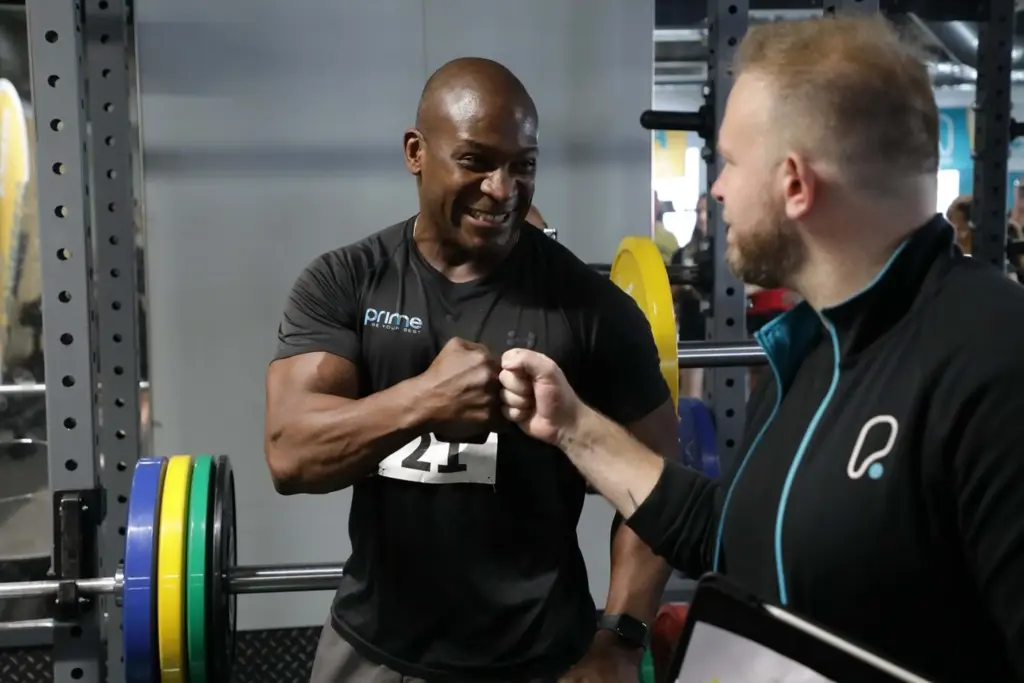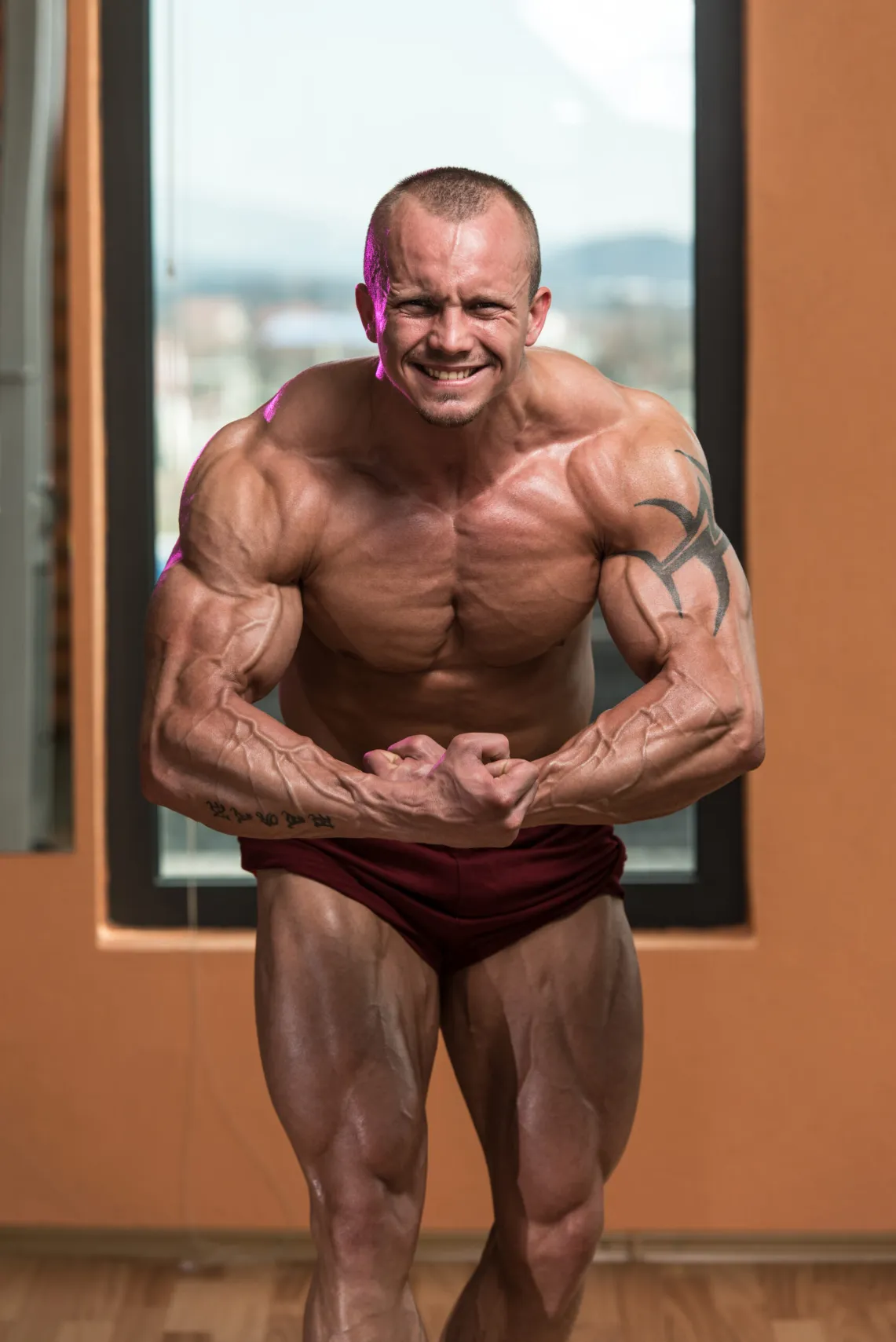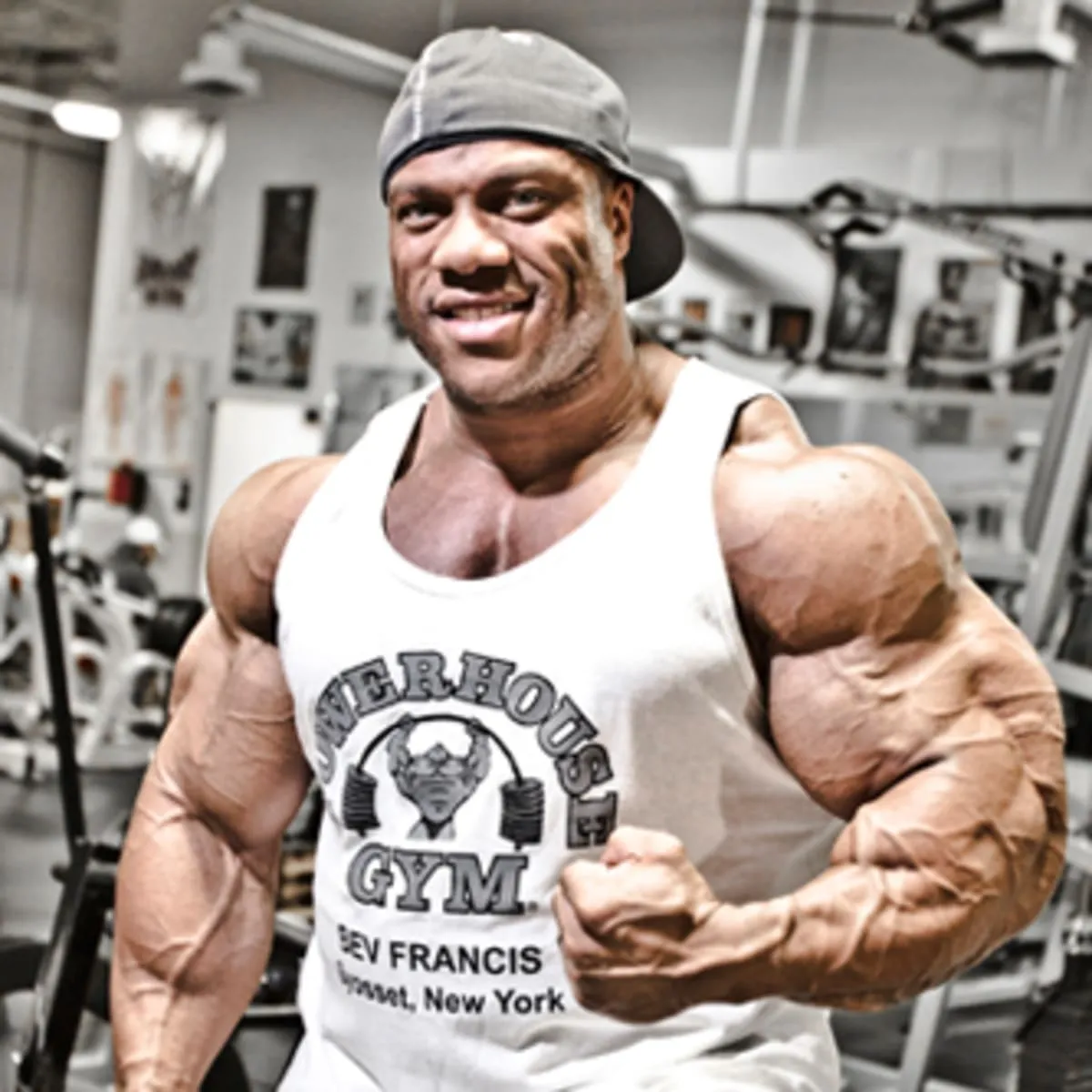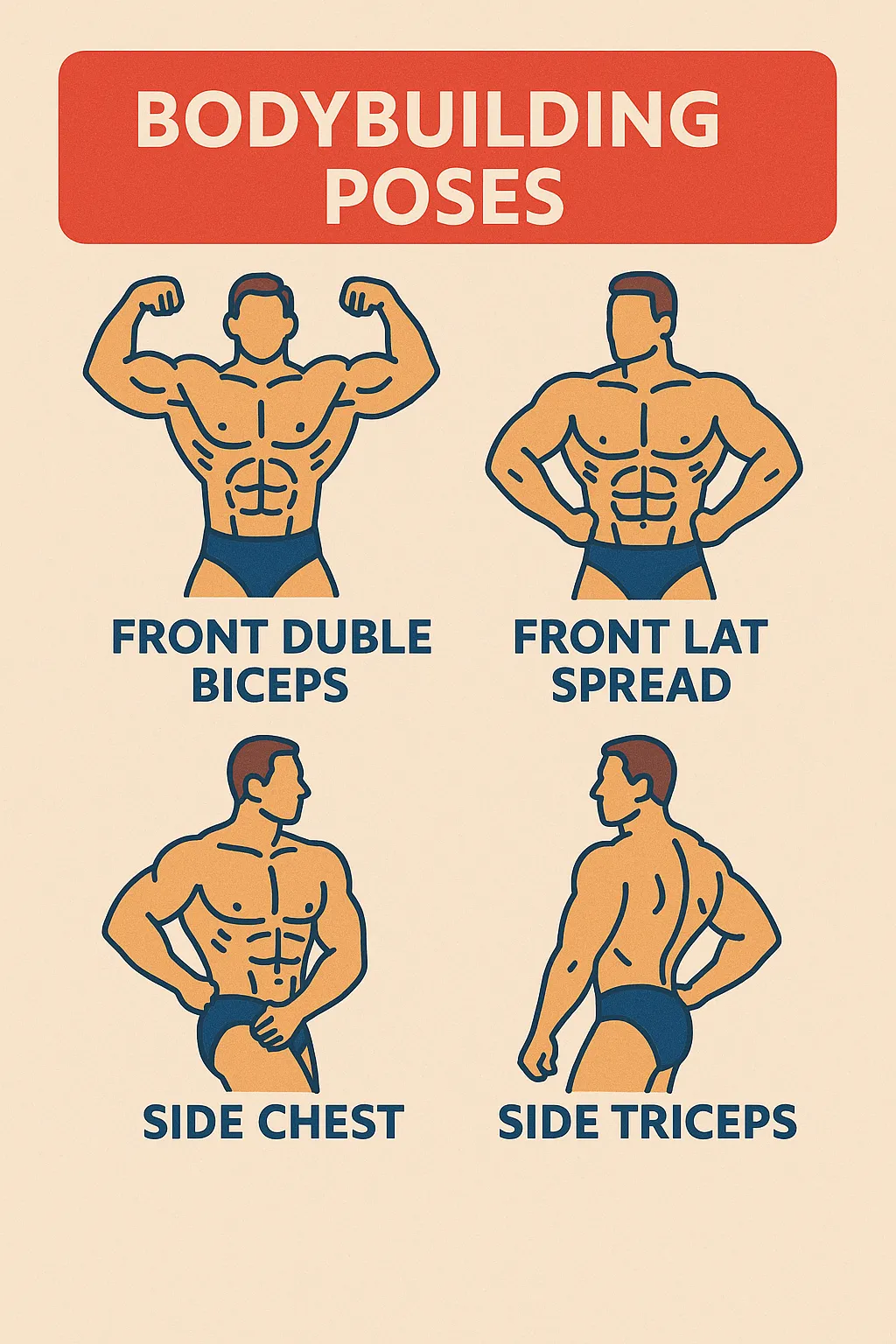The Bronze Age era of bodybuilding, which emerged in the late 1800s and lasted until the early 1930s, is now rather unfashionable among contemporary readers compared to later styles.

But it was responsible for a vast contribution to our contemporary fitness culture, laying the groundwork for regimens and ideas. Let us examine a bit more closely what the Bronze Age was.
The Bronze Age: A Glance
The Bronze Age is when bodybuilding was starting to become more of a sport to be taken into consideration as a serious pursuit. Natural training philosophies, basic equipment, and an overall state of good health were the priorities at that time.
Bodybuilders would train normally without any specialized equipment, with dumbbells and kettlebells, emphasizing general fitness and not specifically muscular growth.
Key Features
• Natural Training: Bodybuilders employed training schemes that included their own body weight and simple free weights, rather than costly equipment.
• Holistic Health: Fitness wasn’t only physical power; it was something that included right feeding, resting, and mental health as well.
• Pioneering Figures: This era witnessed the emergence of such legends as Eugen Sandow and Charles Atlas, who made bodybuilding the mode to health and power.
Notable Figures
Here are Notable figures in the Bronze era:
Eugen Sandow
Sandow, the “Father of Contemporary Bodybuilding,” was one of the earliest to stress aesthetic building as much as strength. In 1901, he promoted the first notable bodybuilding competition, paving the way for future contests.
Charles Atlas
Atlas transformed from a puny boy to a fitness legend by marketing his “Dynamic Tension” system by mail-order lesson. His popularity changed much in making bodybuilding popular.
Other Notable Individuals
• Georg Hackenschmidt: Strongman and wrestler, was renowned for his unorthodox training methods.
• John Grimek: Easily the most symmetrically flawless man ever, he was crowned Mr. America on several occasions.
Training Principles
The Bronze Age philosophy valued simplicity and directness very highly. Some of the key principles are:
• Compound Movements: Squats, deadlifts, and bench presses were the basis upon which the balanced strength was developed by exercising a high number of muscles.
• Bodyweight Exercises: Push-ups, pull-ups and dips were the norm, developing the basis without any help from the best equipment available.
• Short, Intense Exercises: Shoulder to shoulder with today’s long workouts, bodybuilders in this era used shorter, intense exercises to avoid overtraining.
Nutrition in Bronze Era Bodybuilding
Nutrition was an important aspect of bodybuilding during those times. Bodybuilders preferred whole and natural foods as compared to supplements. Some of the prevalent Bronze Age dietary practices are discussed hereunder:
• Whole Foods: They primarily had nonprocessed food like meat, milk foods, fruits, and vegetables.
• High Protein Intake: Protein foods such as eggs, milk, and fish were food staples.
• Healthy Fats: Nuts and nuts were the fuel choice, and natural sugars in fruits were the choice over processed sweets.
Equipment and Gym Culture
Bronze Age equipment was simple but effective. Bodybuilders tend to draw on:
• Free Weights: Dumbbells, barbells, and kettlebells, which aided in the creation of functional strength.
• Homemade Equipment: Homemade equipment is owned by most bodybuilders in the form of weights made of materials like concrete, allowing for a personal experience of the exercise.
• Outdoor Gyms: Exercise is typically done outdoors, in the park or beach, generating the sense of nature.
Gym Culture
The culture in Bronze Age gyms was centered on fraternity and brotherliness. The athletes typically trained together, providing each other with advice and encouragement. This motivating atmosphere developed growth and improvement.
Bronze Age Myths
There are certain myths of the Bronze Age of bodybuilding, even with its rich past:
• Nothing but Primitive Tools: Because there were no gizmos of technology, bodybuilders efficiently used a wide range of tools.
• Deficiency in Scientific Knowledge: Without modern study, bodybuilders generally had a familiarity with anatomy and strength training ideas.
• Smaller Physiques: Since appearance was being emphasized, bodybuilders preferred proportion and balance over brute mass.
Legacy of the Bronze Era
The ideals and precepts of the Bronze Age continue to be seen in the world of bodybuilding today. Most bodybuilders today look back towards this era for advice, with simple ideas to incorporate into training. Natural training and overall body health are a strong emphasis in today’s focus on fitness and health in general.
Important Points:
• Focus on Function: Training in the Bronze Age centered on functional strength, as it remains paramount to fitness in the modern era.
• Natural Nourishment: Brings attention to the importance of proper diet.
• Spirit of Fellow Being: The friendship among individuals at the Bronze Age gym demonstrates the role of friendship in fitness.
Bottom Line
Regardless of how small the Bronze Age of bodybuilding was lacking the glamour of the modern competition, its impact must be recognized. This period paved the way for today’s fitness culture through natural training, the eating of health foods, and brotherhood.
Understanding the history makes us more curious about bodybuilding and enables us to achieve our own fitness status. Whether veteran or rookie, the Bronze Period can instruct us in a better-rounded approach to staying healthy and fit.






